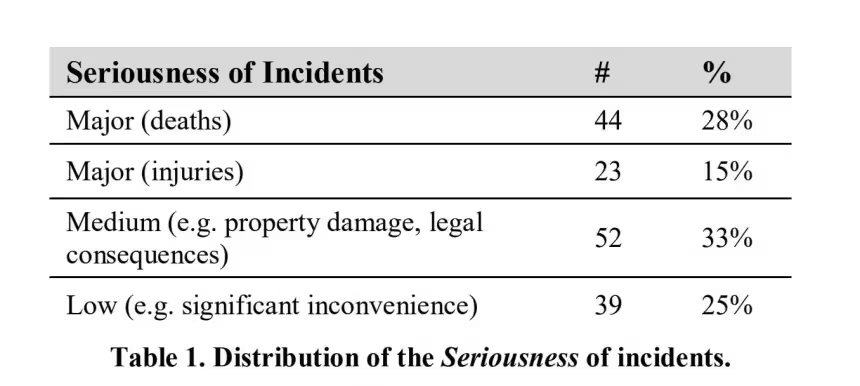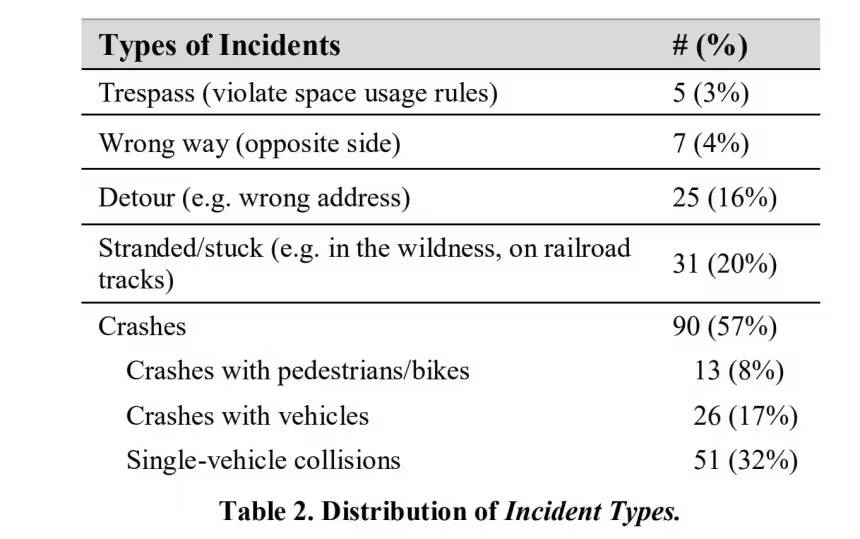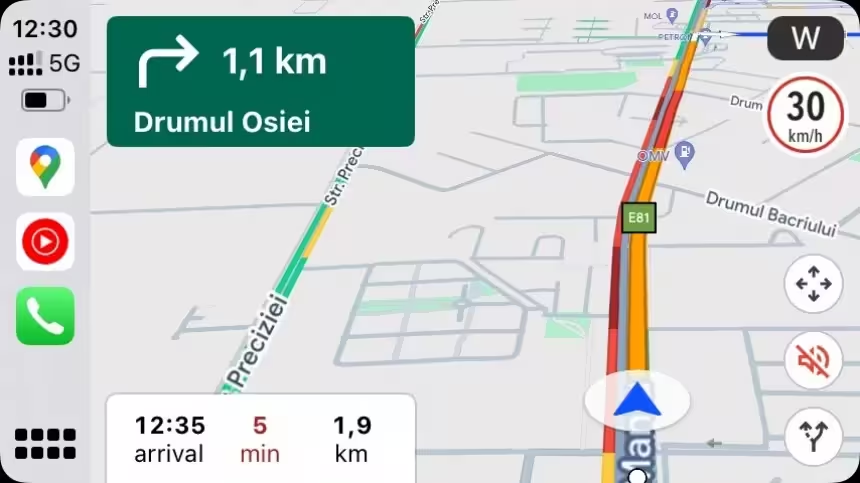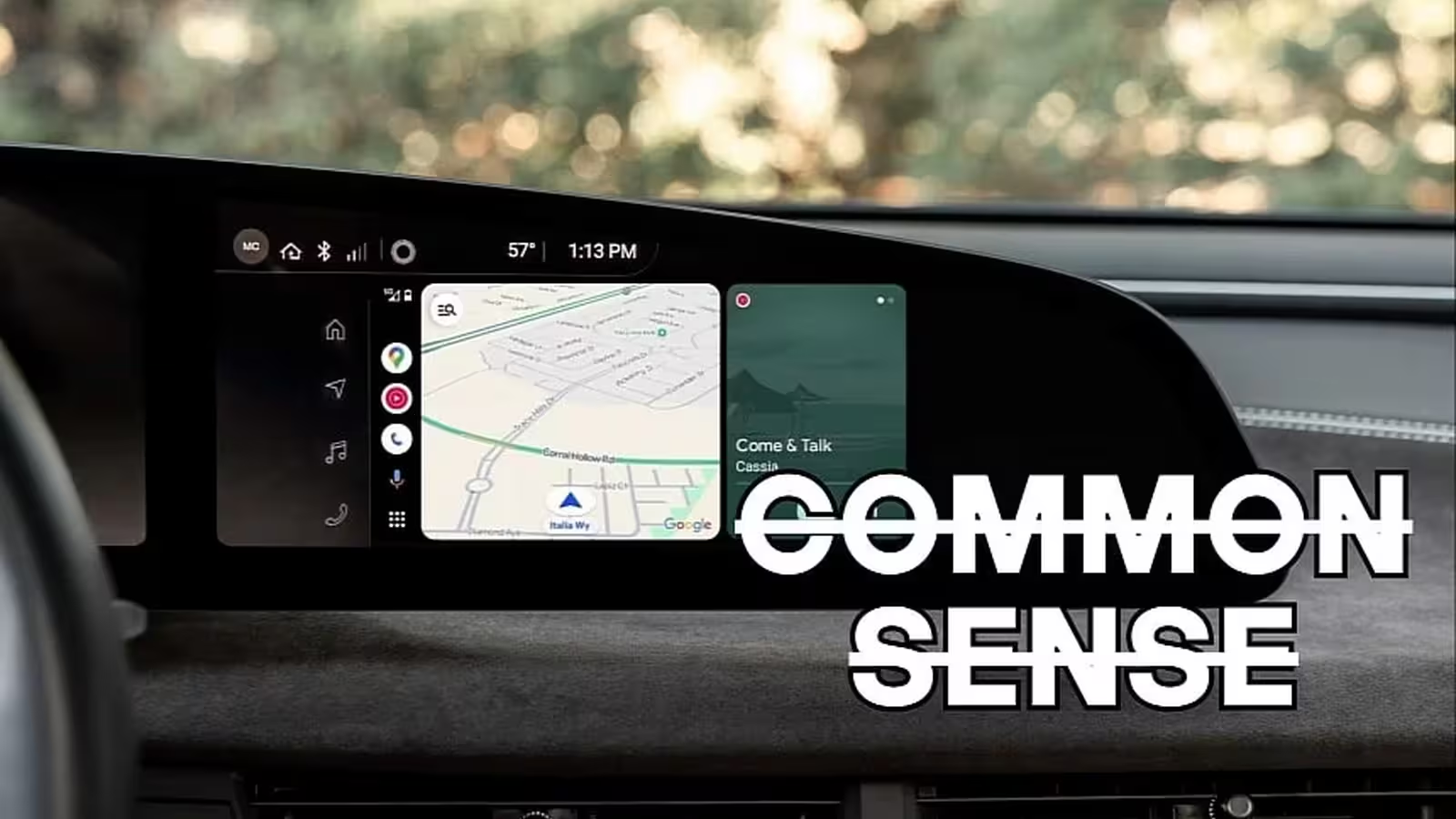6 Minutes
The Growing Dependence on Navigation Apps in Modern Motoring
Navigation apps such as Google Maps, Waze, and Apple Maps have fundamentally transformed the way drivers travel, offering real-time traffic updates, step-by-step directions, and alerts about road hazards. Today, they’re indispensable for millions of car owners, truck drivers, and RV enthusiasts around the world—especially on unfamiliar highways and long-distance road trips. Yet, a recent study shows that our overreliance on these digital copilots could have dangerous, and sometimes fatal, consequences.
Shocking Study Highlights the Dangers
Researchers from Northwestern University, the University of Minnesota, and the University of Bremen analyzed 158 major incidents worldwide related to the misuse of personal navigation technologies. Their findings paint a sobering picture: more than half of these cases resulted in car accidents. The research warns drivers against blindly following app instructions and highlights the critical need for drivers to apply their own road sense, regardless of the sophistication of automotive technology.
An Extraordinary Example: 29 Miles on the Wrong Side
One of the most striking incidents involved a driver who traveled an astonishing 29 miles against the flow of highway traffic. The driver cited the navigation system as the cause, claiming it directed him onto the wrong ramp. While navigation apps aren’t programmed to instruct drivers to take the wrong way, misinterpretation—especially on complex, multi-lane highways—can lead to confusion with tragic consequences. In this particular case, it’s astonishing that the driver didn’t realize the mistake for such a long distance, underscoring the perils of total dependence on digital navigation guidance.


Breakdown of Accidents: Six Key Findings
- 57% of incidents resulted in a vehicular crash.
- 32% were single-car accidents, limiting potential harm to others.
- 17% involved multi-vehicle collisions, posing greater risks.
- 8% led to crashes with pedestrians or cyclists.
- 20% left drivers and passengers stranded, sometimes in hazardous or remote locations.
- 28% ended in death, a phenomenon researchers referred to as "death by GPS."
While some accidents resulted only in property damage or inconvenience, many led to injury or legal consequences, raising serious questions about how we use and trust in navigation tools.
Navigation App Limitations: Vehicle Specifications and Design Oversights
One of the less-discussed hazards involves the limitations of mainstream navigation apps when it comes to vehicle size and specifications. Applications such as Google Maps and Waze calculate routes suitable for standard passenger cars, but they don’t account for the unique dimensions of heavy trucks, lorries, or large RVs. This oversight often leaves professional and recreational drivers stranded on narrow rural lanes or stuck in urban dead-ends—spaces their vehicles simply can’t navigate safely. Comparisons with more specialized truck navigation systems or RV-specific tools make clear that there’s still a significant gap left by popular apps.
Incident Examples: When Navigation Apps Fall Short
Many incidents involved professional drivers—such as delivery truck operators—who followed navigation apps onto unsuitable or weight-restricted roads. These errors resulted not only in lost time but also in significant property damage and sometimes legal repercussions. For instance, an experienced Amazon driver ended up immobilized on a residential street, while others got stuck on railroad crossings or isolated in remote terrain, requiring rescue operations.


Performance vs. Safety: The Dilemma on the Digital Road
The promise of speed and convenience often trumps caution, especially when apps recommend shortcuts. But performance optimization shouldn't overshadow fundamental road safety. A noteworthy 16% of cases in the research involved drivers being misdirected to incorrect addresses, while 4% were sent the wrong way entirely. Distraction is also a growing concern; several crashes occurred as drivers attempted to interact with dashboard-mounted devices, resulting in accidents with cyclists or other vehicles.
Market Positioning: Navigation Apps in the Automotive Ecosystem
Navigation apps dominate the market due to their accessibility and integration with connected car infotainment systems. Google Maps and Waze lead with robust data-collection models, using user reports to update routes and traffic hazards. Apple Maps is preferred within its ecosystem for seamless iOS connectivity. However, none offer advanced options for commercial vehicle routing, which remains the domain of specialized GPS units and fleet management solutions.
How Do Vehicle Owners Compare Options?
Compared to standalone GPS devices designed for lorries or RVs, consumer navigation apps lack critical features such as bridge height, weight restrictions, or hazardous material routing. For everyday drivers in passenger cars, the convenience is hard to beat. But for those operating larger vehicles, relying solely on apps not tailored to their requirements puts both property—and lives—at risk.
The Risks of Overreliance and the Importance of Common Sense
One key insight from the study: navigation apps, while convenient, can't always reflect real-time road conditions or the nuances of every trip. Providers may crowdsource hazard updates (as Waze does), but errors in mapping or routing persist. The research concludes that drivers must preview and review navigational routes before and during travel, trust their instincts, and avoid risky detours—even if that means arriving a few minutes later.
Best Practices for Safe Navigation
- Always cross-check navigation instructions with road signs and your own judgment.
- Avoid entering unfamiliar, narrow, or restricted roads—check for special requirements if you drive commercial vehicles or RVs.
- Keep distractions to a minimum: set up routes before departure and use hands-free features whenever possible.
- If navigation guidance seems questionable, stick to major roads or well-lit thoroughfares.
Conclusion: Smarter Navigation Means Safer Roads
Navigation technology is a brilliant automotive advancement, but without the support of driver awareness and common sense, it can quickly turn a straightforward journey into disaster. Whether you drive a family car, a delivery truck, or a camper, treat your navigation app as a helpful tool—not an infallible authority—and always keep road safety first.
Source: autoevolution


Leave a Comment